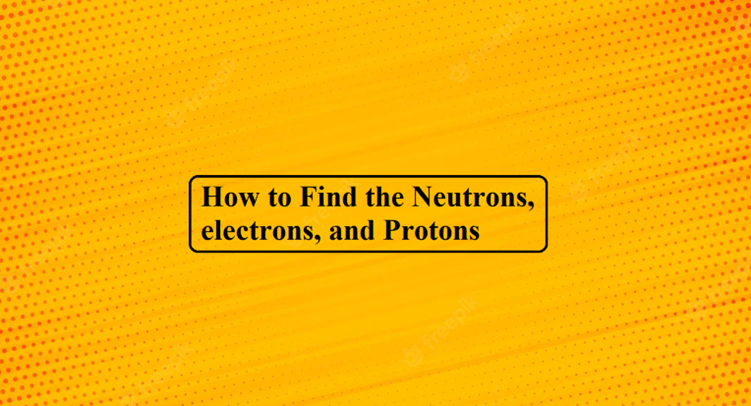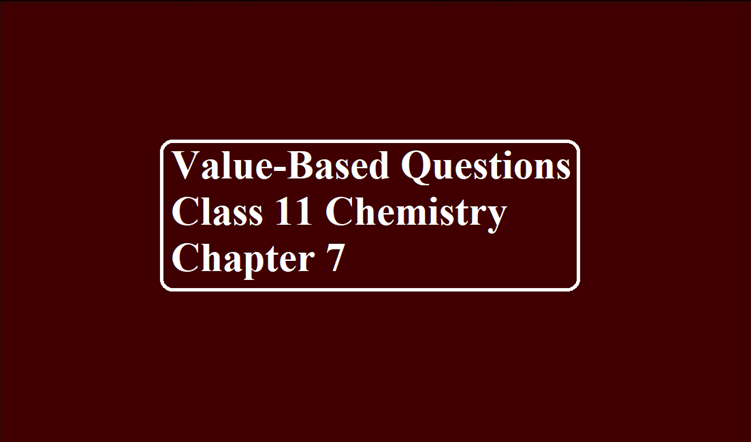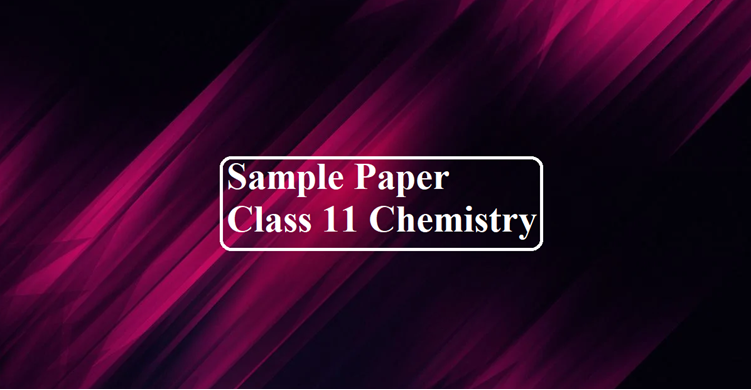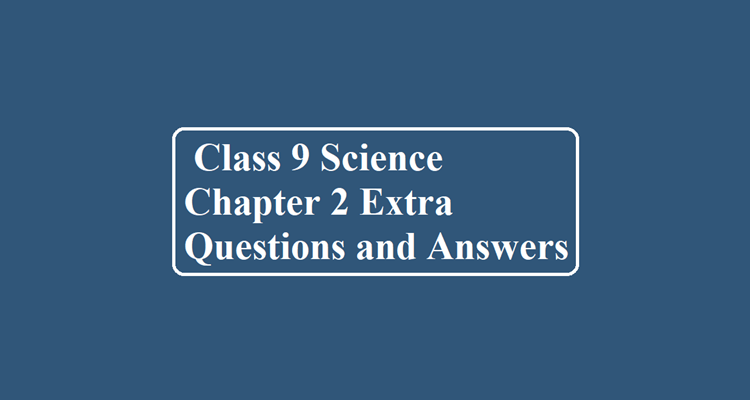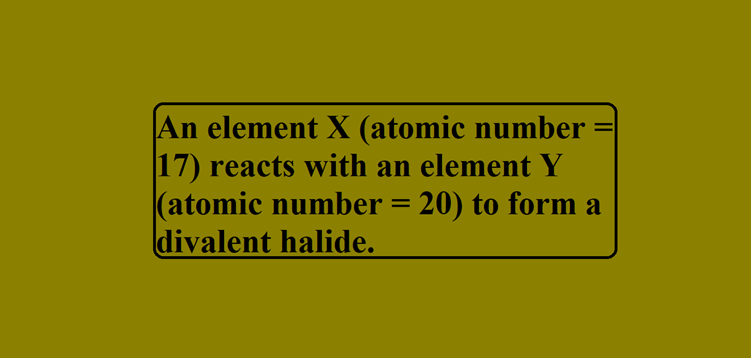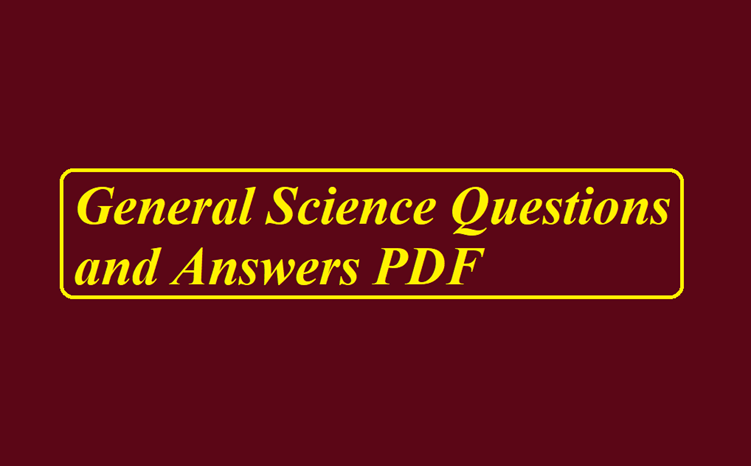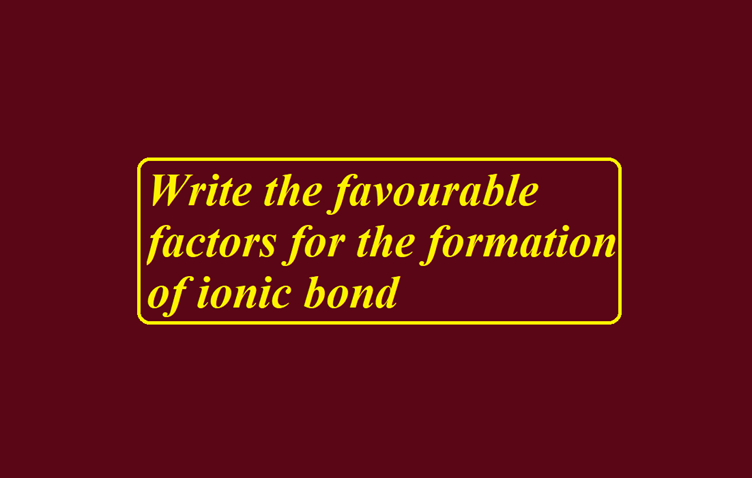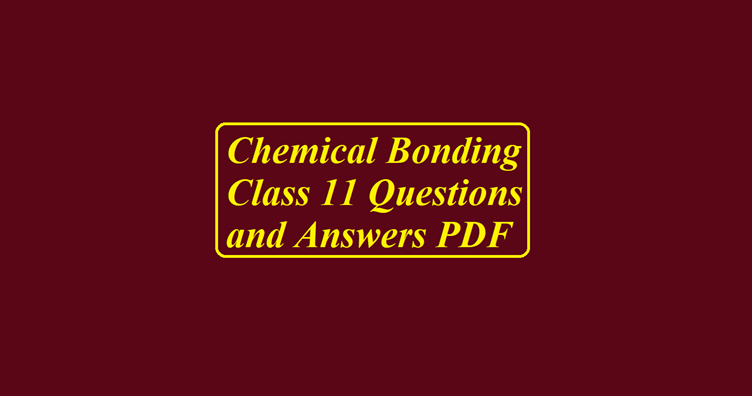How to Find the Neutrons, electrons, and Protons Calculate the number of electrons, protons, and neutrons in the following species. (i) Phosphorus atom (ii) Phosphide ion (P3-) (iii) Magnesium ion (Mg2+) Mass number: P = 31, Mg = 24 Atomic numbers: P = 15, Mg = 12 (i) Phosphorus atom: Number of electrons = Atomic number = 15 Number of protons = Atomic number = 15 Number of neutrons = Mass number – atomic number = 31 – 15 = 13. (ii) Phosphide ion (P3-): Phosphide ion (P3-) = Phosphorus atom + 3 electrons P3- ≡ P + 3e- Thus,…
Author: Dr. Vikas Jasrotia
Value-Based Questions Class 11 Chemistry Chapter 7 According to Arrhenius’s theory, acids are substances that dissociate in water to give hydrogen ions H+ (aq) and bases are substances that produce hydroxyl ions OH – (aq). The ionization of an acid HX (aq) can be represented by the following equations: HX (aq) → H+ (aq) + X– (aq) or HX(aq) + H2O(l) → H3O + (aq) + X – (aq) Similarly, a base molecule like MOH ionizes in an aqueous solution according to the equation: MOH(aq) → M+ (aq) + OH– (aq) Bronsted acids are proton donors whereas Bronsted bases are…
Sample Paper Class 11 Chemistry This post contains a detailed syllabus for Class XI Chemistry along with a Solved Sample Paper for session 2022-2023 CBSE Class 11 Chemistry Detailed Syllabus Chapter I: Some Basic Concepts of Chemistry General Introduction: Importance and scope of Chemistry. Nature of matter, laws of chemical combination, Dalton’s atomic theory: the concept of elements, atoms, and molecules. Atomic and molecular masses, mole concept and molar mass, percentage composition, empirical and molecular formula, chemical reactions, stoichiometry, and calculations based on stoichiometry. Chapter II: Structure of Atom Discovery of Electron, Proton, Neutron, atomic number, isotopes, and isobars. Thomson’s…
Class 9 Science Chapter 2 Extra Questions and Answers Que 1. How can you convert a saturated solution to an unsaturated solution without adding any solvent to it? Ans 1. By heating a saturated solution, it becomes unsaturated. Que 2. Salt can be recovered from its solution by evaporation. Suggest some other technique for the same? Ans 2. The process of Crystallisation can be used to separate salt from its solution. Crystallisation is a separation technique used to separate a solid in a solution. The solution is warmed in an open container, allowing the solvent to evaporate, leaving a saturated…
CARBON AND ITS COMPOUNDS Carbon plays a very important role for all living beings. The amount of carbon in the earth’s crust is merely 0.02%, which is available in the form of minerals such as carbonates, hydrogen-carbonates, coal, and petroleum. The presence of carbon in the atmosphere of the earth is 0.03%, in the form of carbon dioxide. Almost all carbon compounds (except a few) are poor conductors of electricity. Two essential properties of Carbon are Catenation and tetravalency. Diamond and graphite both are formed by carbon atoms; however, the difference lies between them in the manner in which the carbon atoms…
Que. An element X (atomic number = 17) reacts with an element Y (atomic number = 20) to form a divalent halide. a) Where in the periodic table are elements X and Y placed? b) Classify X and Y metals, non-metals, or metalloids? c) What will be the Nature of the oxide of element Y? d) Draw the electron dot structure of the divalent halide. Ans. a) The electronic configuration of element X with atomic no. 17 is 2, 8, 7. Since it has 7 valence electrons, therefore, it lies in group 17(10 + 7), Since in element X third…
General Science Questions and Answers PDF General Science Questions and Answers PDF Que 1. Which metal can be easily cut with a knife? (a) Sodium (Na) (b) Mercury (Hg) (c) Copper (Cu) (d) Iron (Fe) Ans 1. Sodium (Na) Que 2. What is Earth’s only natural satellite? (a) Sun (b) Mars (c) Venus (d) Moon Ans 2. Moon Que 3. The color of tomatoes turns red when ripe, because? (a) Chlorophyll (b) Acetic acid (c) Chromoplast (d) Due to cytoplasm Ans 3. (c) Chromoplast Reason: Chloroplasts are chlorophyll-containing organelles in plant cells. Chromoplasts that contain carotenoid pigments impart red, orange,…
Que: When Conc. H2SO4 was added to an unknown salt in a test tube, and a brown gas (A) was evolved. This gas intensified when copper turnings were added to the test tube. On cooling gas (A) changed into a colorless gas (B). Identify the gases ‘A’ and ‘B’. Write the equations for the reactions involved. Ans: The brown gas (A) is nitrogen dioxide (NO2). Salt reacts with conc. Sulphuric acid forms brown fumes of nitrogen dioxide. MNO3 + H2SO4 → MHSO4 + HNO3 4HNO3 → 4NO2↑ + O2 + 2H2O The fumes intensify when copper turnings are added. 3Cu +…
Que. Write the favourable factors for the formation of ionic bond. Ans. Factors that favour the formation of ionic bonds: (i) Low ionization energy: In the formation of an ionic bond a metal atom loses electrons to form a cation. This process requires energy equal to ionization energy. Lesser the value of ionization, the greater will be the tendency of the atom to form a cation. (ii) High electron affinity: The value of electron affinity gives the tendency of an atom to form an anion. The greater the value of electron affinity more will be the tendency of an…
Chemical Bonding Class 11 Questions and Answers PDF Chemical Bonding Class 11 Questions and Answers PDF Que 1. Write the significance of a plus and a minus sign shown in representing the orbitals. Ans 1. Molecular orbitals are represented by wave functions. A plus sign in an orbital indicates a positive wave function while a minus sign in an orbital represents a negative wave function. Que 2. How do you express the bond strength in terms of bond order? Ans 2. Bond strength represents the extent of bonding between two atoms forming a molecule. The larger the bond energy, the stronger the…
